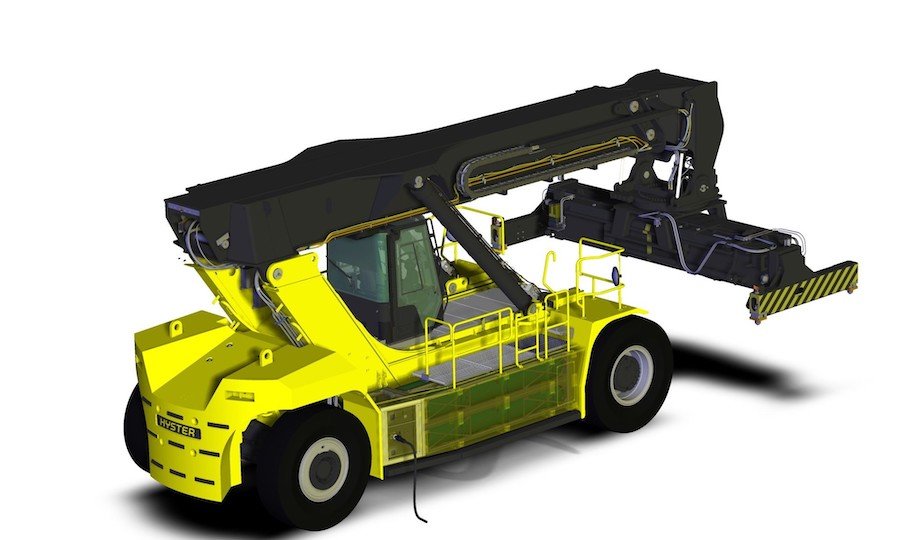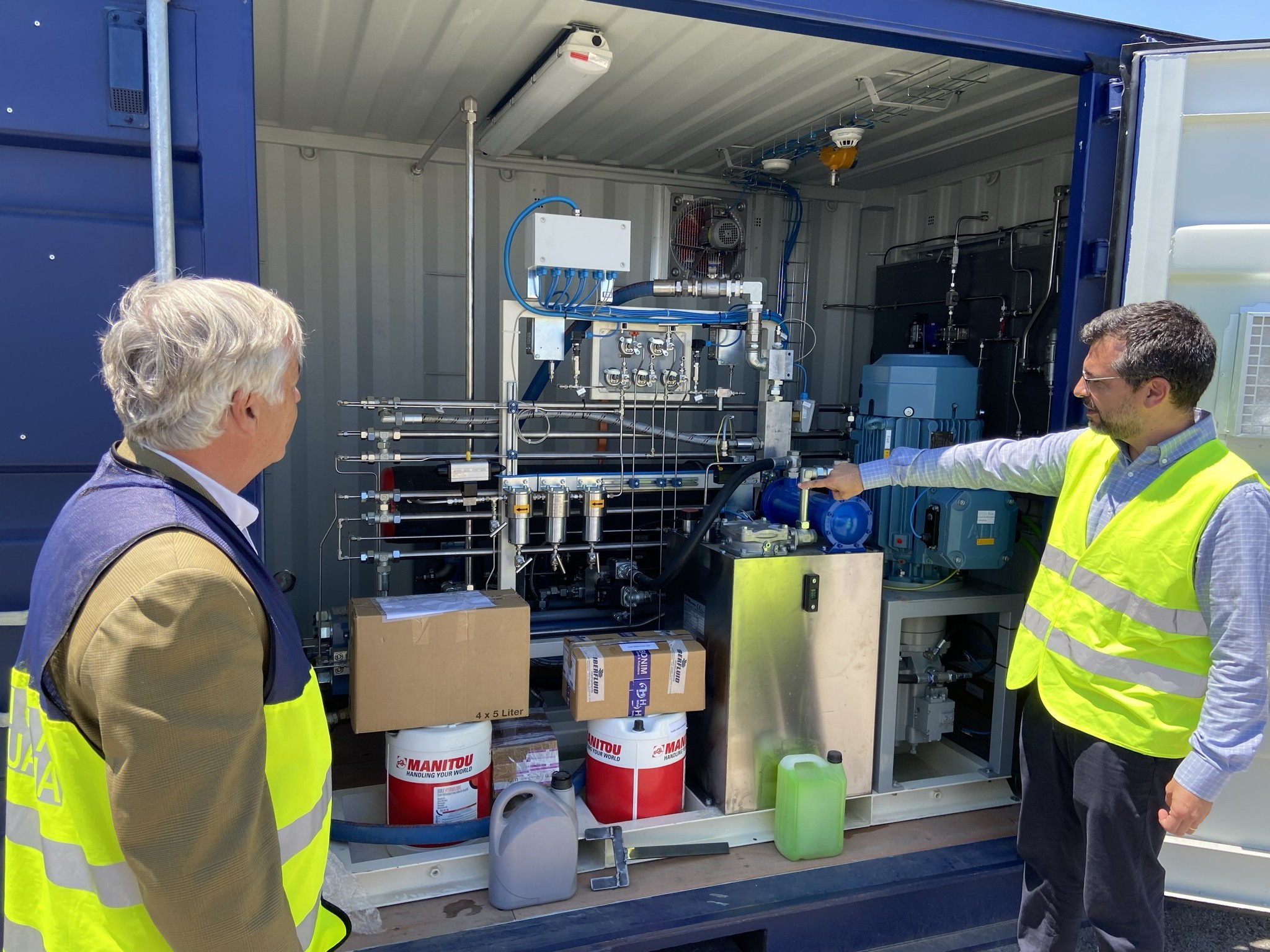The Port of Valencia Will Pioneer Two Hydrogen-Fueled Machinery Prototypes

Not only do they need to support vessels in their efforts to cause fewer emissions (through the implementation of onshore power supplies that boats can use while being docked) but they also need to switch to green alternatives for their own operations.
Similar to airports, maritime ports are working on renewing their support machinery fleets, by replacing conventional vehicles with battery-electric or hydrogen-electric alternatives. The use of hydrogen also implies the need to implement refueling infrastructure. And the Port of Valencia seems to have worked faster than other European counterparts at this. It has officially inaugurated a hydrogen supply station (HRS) that will soon be used to refuel two machine prototypes.
The first hydrogen loading of the HRS is a milestone that confirms Valenciaport’s pioneering status as the first maritime port in Europe to launch hydrogen-based operations.
This supply station consists of a fixed part, where hydrogen is received, stored, and compressed, plus a mobile part that is used for refueling the port machinery with the compressed hydrogen. Initially, this machinery will be limited to two prototypes that are set to arrive at the port this year – a container stacker and a 4 x 4 tractor unit.
Hyster Europe is currently developing the future Reach Stacker that will run on hydrogen. It’s supposed to be as efficient as a diesel truck when it comes to capacity, lift, and speed, while operating with zero emissions.
It’s supposed to be even better than battery-electric alternatives, mostly thanks to its compact build (a battery pack for the same capabilities would be as big as half of the truck) and fast refueling time, compared to charging. According to the Port of Valencia, the fuel cell Reach Stacker takes 15 minutes at most to be refilled, and a single refill would be enough for an entire day of operations.
Now that the HRS demonstrated its first successful hydrogen loading, it’s ready to start refueling the Reach Stacker and the fuel cell tractor, once they are delivered. Before that, technicians and port operators from Valenciaport are headed to Holland, where the Reach Stacker will initially be tested. Meanwhile, the tractor unit is being modified for hydrogen use by Atena Distretto in Italy.
All of these elements are part of the H2Ports project, funded through the EU’s Clean Hydrogen JU program. The HRS was designed and built domestically, in Spain, by the National Hydrogen Center, and the hydrogen was supplied by another local company, Carburos Metalicos.
Together with other solutions for clean energy, such as the installation of solar panels and wind turbines, hydrogen-fueled port machines are meant to lead to zero-emission port operations by the end of this decade.

Related News
